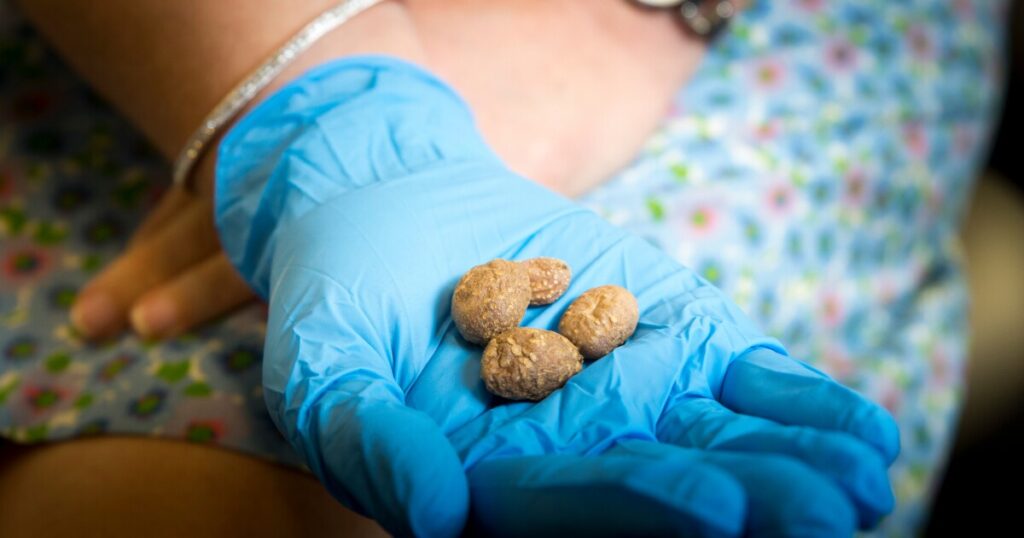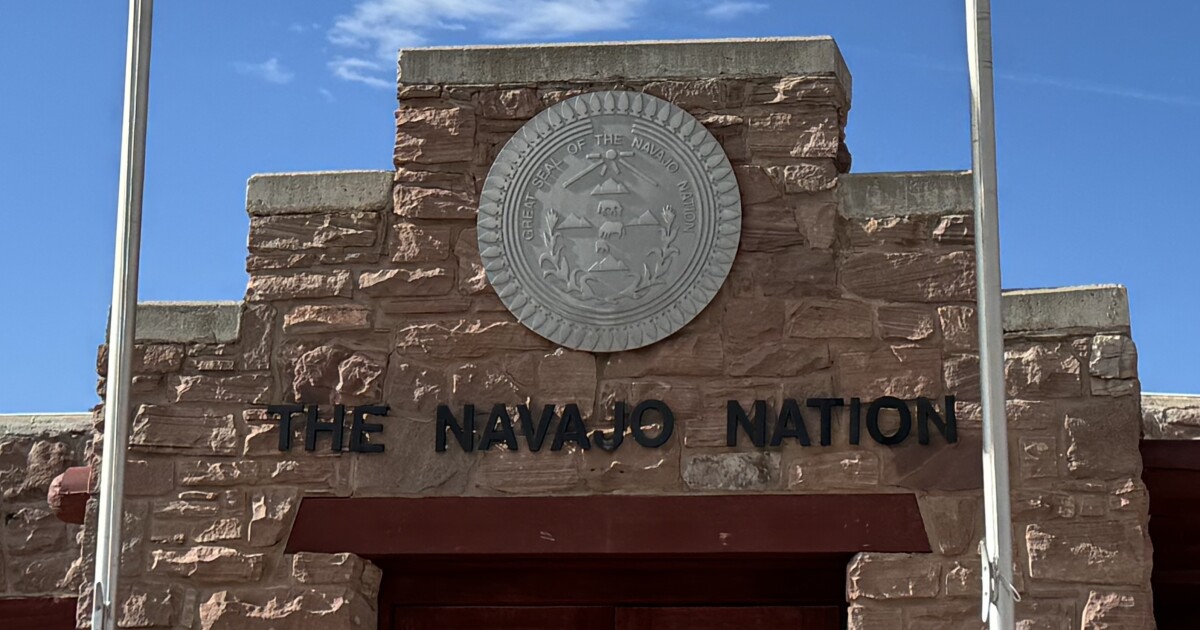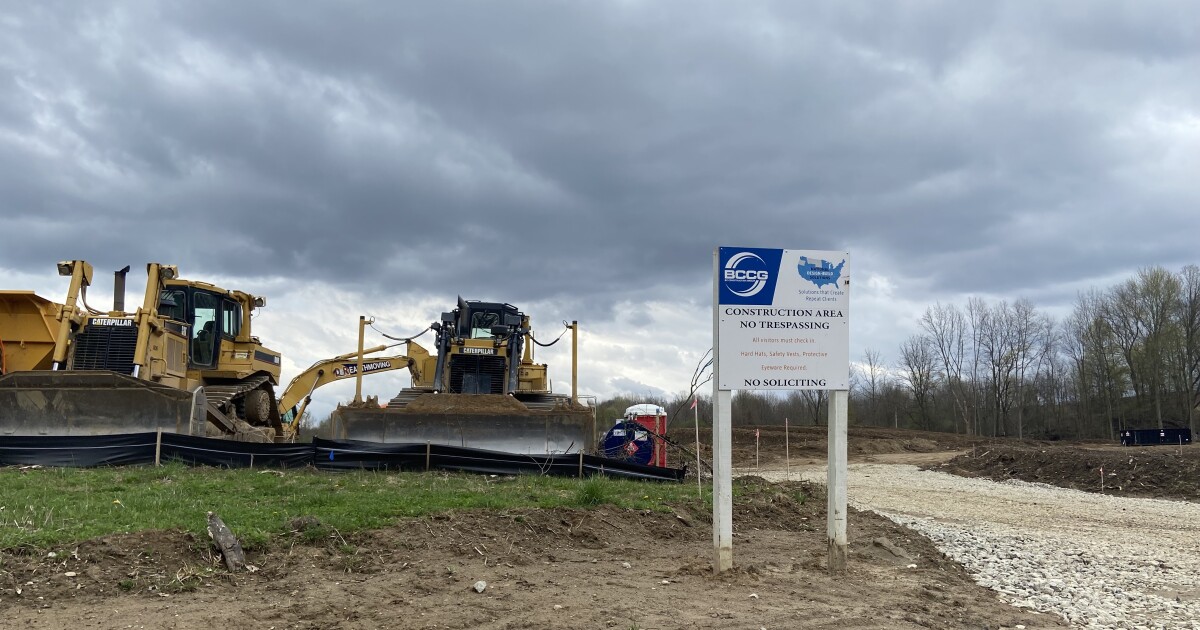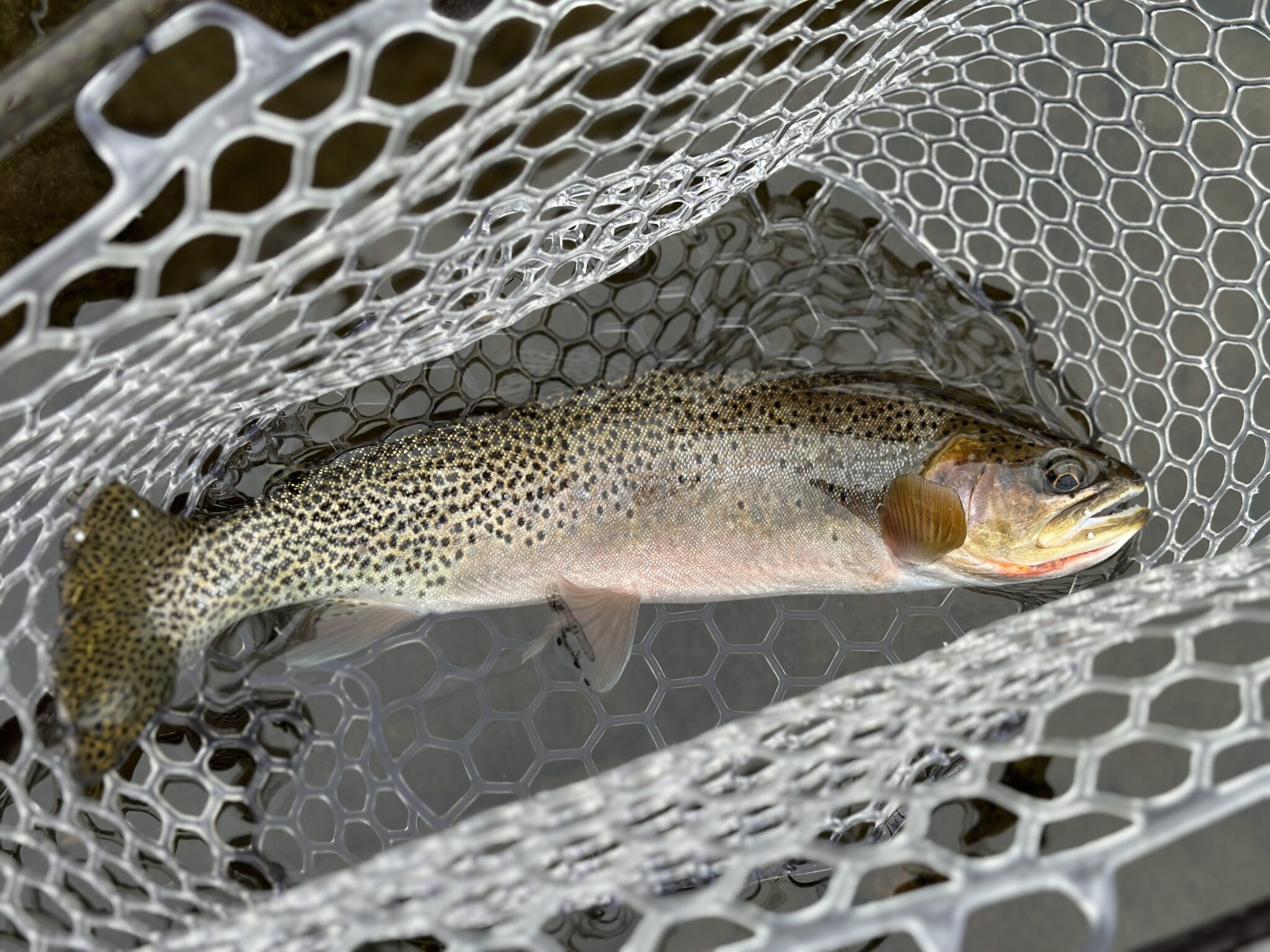In the remote pinyon-juniper woodlands of the Colorado Plateau, a unique potato species is making a comeback. Known as the Four Corners potato, this tuber has been a part of the landscape for over 10,000 years, with its traces found on ancient stone metates at a Utah archaeological site.
Unlike the common grocery store potato, which traces its origins to South America, the Four Corners potato thrives in the wild and bears small spuds on extensive underground shoots. Its presence on ancient grinding tools in Escalante Valley provides the earliest evidence of potato use in North America, identified by a distinctive off-center scar on its starch grains.
These potatoes, known for their nutrient density and nutty taste, were possibly domesticated by ancient peoples, who might have transported and prepared them in varied forms like boiling, mashing, or grinding into flour. Indigenous tribes such as the Navajos and Hopis traditionally cooked these potatoes with white clay to reduce bitterness.
Today, the Four Corners potato is witnessing renewed interest. Collaborations between Red Butte Garden, the Natural History Museum of Utah, and Indigenous farmers aim to cultivate this ancient plant. The recent harvest is set to grace local restaurant menus and provide seeds to Indigenous communities, supporting efforts to restore wild populations.
This revival not only reconnects communities with a lost food source but also with the cultural heritage and traditions associated with it.
This Earth Note was written by Melissa Sevigny and produced by KNAU and the Sustainable Communities Program at Northern Arizona University.
It originally aired on November 27, 2019.
—
Read More Arizona News










